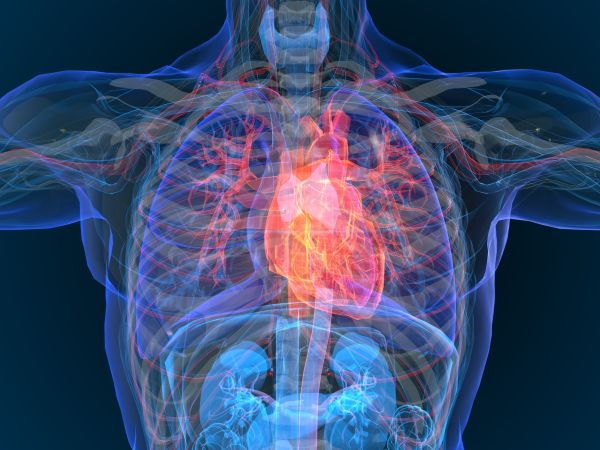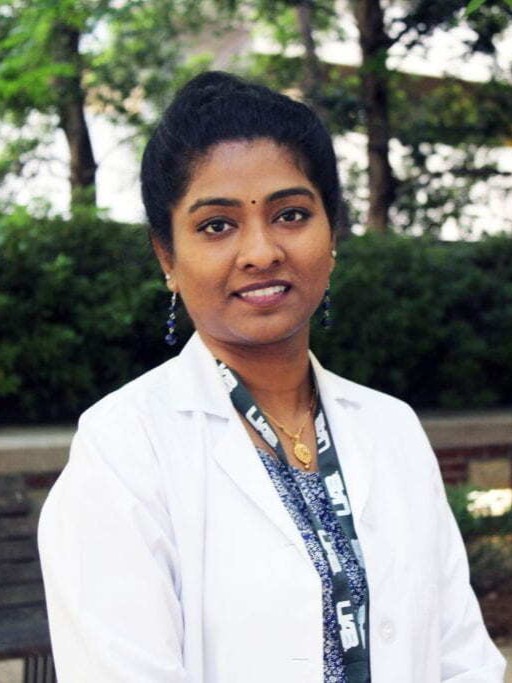 A recent study published in Redox Biology by researchers from the UAB Department of Pathology revealed that too much of a good thing, specifically excessive antioxidants, can lead to heart damage.
A recent study published in Redox Biology by researchers from the UAB Department of Pathology revealed that too much of a good thing, specifically excessive antioxidants, can lead to heart damage.
Traditionally, antioxidants and reducing agents have been found to protect cells. The new study “Reductive stress induces unresolved ER stress and proteotoxic cardiomyopathy” authored by Sini Sunny, Ph.D., postdoctoral fellow, and Rajasekaran Namakkal-Soorappan, Ph.D., an associate professor in the Division of Molecular and Cellular Pathology, challenges this notion with their findings.
The study suggests that an overabundance of reducing activity disrupts the heart’s protein-folding function, the endoplasmic reticulum, leading to protein misfolding, aggregation, and ultimately cardiac dysfunction, a condition known as proteotoxic cardiomyopathy.
“Our work challenges the long-held assumption that more antioxidants are always better,” Namakkal-Soorappan said. “We found that excessive reduction creates its own kind of stress- one that the heart can’t handle.”
 Dr. Sini SunnySunny, Namakkal-Soorappan and their research team used advanced molecular and proteomic techniques which demonstrated that prolonged reductive stress triggers persistent activation of stress sensors in heart cells but fails to restore protein balance, creating a toxic environment for cardiomyocytes.
Dr. Sini SunnySunny, Namakkal-Soorappan and their research team used advanced molecular and proteomic techniques which demonstrated that prolonged reductive stress triggers persistent activation of stress sensors in heart cells but fails to restore protein balance, creating a toxic environment for cardiomyocytes.
“The findings highlight the importance of maintaining a balanced cellular environment and bridges the gap between basic redox biology and clinical cardiology,” Sunny said. “We’re hopeful that this study paves the way for new strategies to diagnose and treat heart Dr. Rajasekaran Namakkal-Soorappan failure and other disorders linked to protein misfolding.”
Dr. Rajasekaran Namakkal-Soorappan failure and other disorders linked to protein misfolding.”
“This discovery underscores the need for precision redox modulation therapy rather than antioxidant therapy in managing cardiac and metabolic diseases,” Namakkal-Soorappan said.
Additional collaborators on this study include Rajesh Kumar Radhakrishnan, Juan Xavier Masjoan Juncoas, Mohit Bansal, Xiaosen Ouyang, Jianhua Zhang, Min Xie, Matthew Might, Steven Pogwizd and Silvio Litovsky, UAB Heersink School of Medicine, Asokan Devarajan, University of California Los Angeles, Joel Trinity, Salt Lake City Veteran Affairs Medical Center, and Maria Kontaridis, Masonic Medical Research Institute.